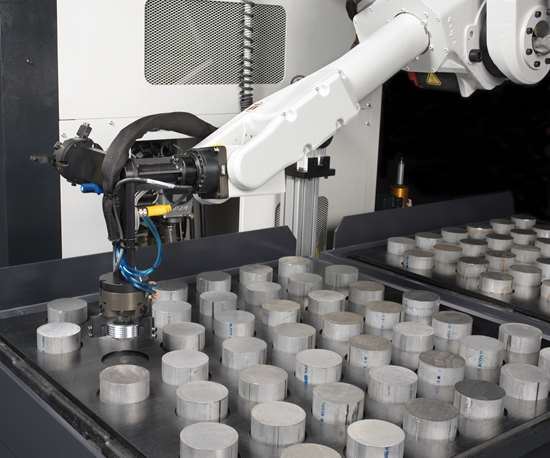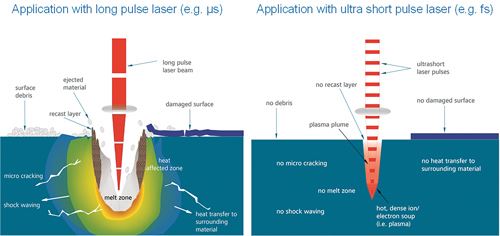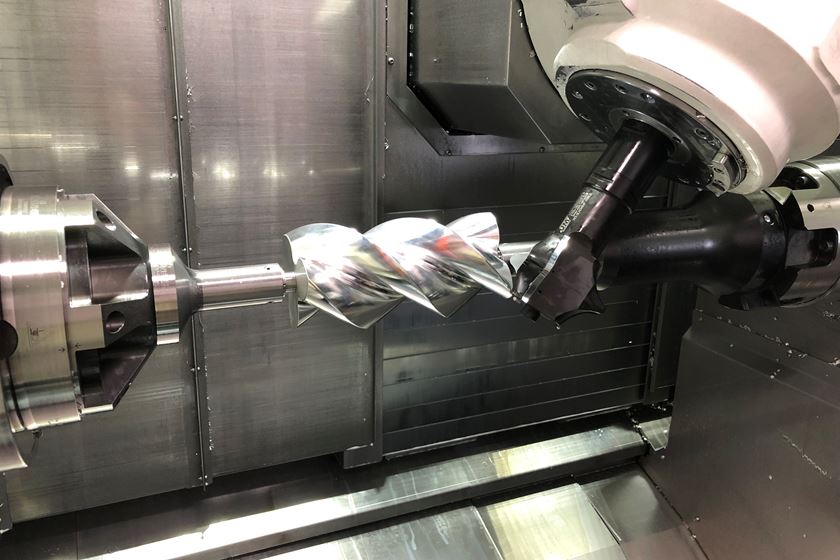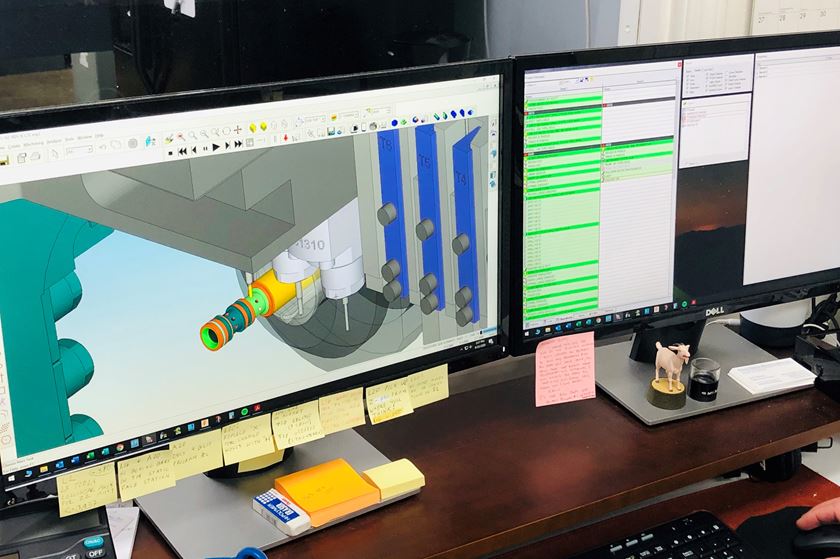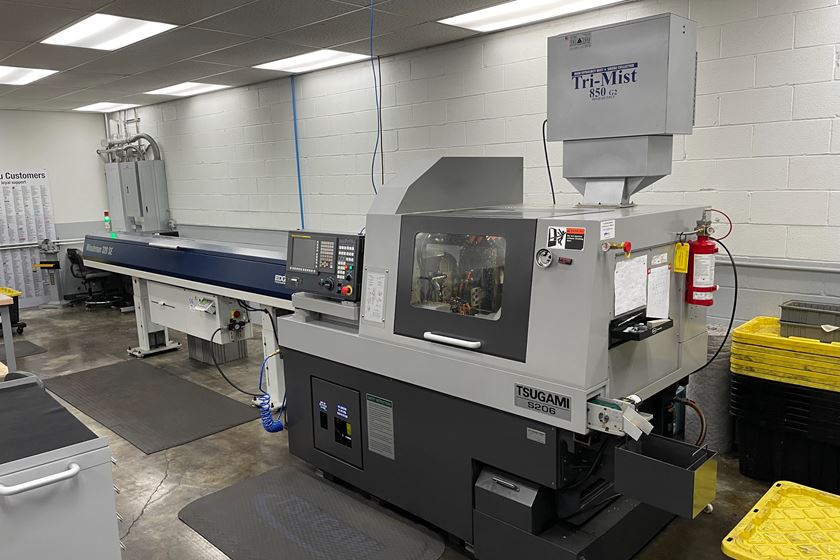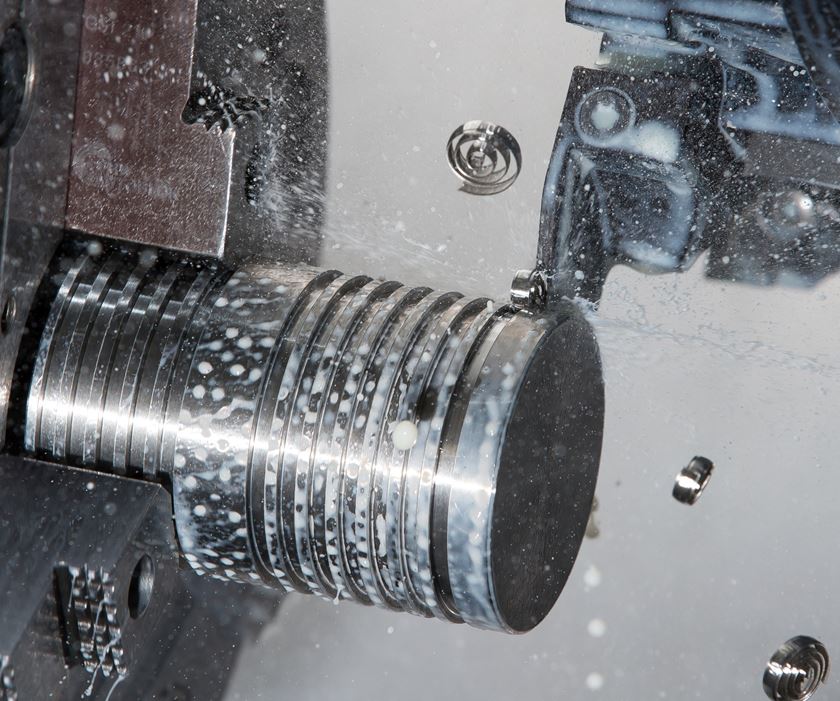24-7 Coolant Monitoring And Internet Reporting
This coolant monitoring system automatically adds chemicals to maintain recommended composition. It also automatically stores coolant data and offers shops access to customized reports at a password-protected web portal.
Imbalanced coolant chemistry can adversely affect cutting tool life, machining accuracy and workpiece surface finish. Systems are available for monitoring the chemical make-up of coolants used for milling, turning and grinding, in addition to automatically adding the proper chemicals to maintain recommended levels. One such system, developed by Chemical Methods (Cleveland, Ohio), also performs automatic data storage and reporting of coolant parameters. This information is made available to shops online at a password-protected web portal at www.mycoolant.net. Automating coolant monitoring and data collection in this way can allow shops to focus on myriad other challenges involved in machining workpieces to specification.
Chemical Methods’ monitoring system, currently offered to users of the company’s coolants and lubricants, uses its Embedded Sensors technology to determine consumption, concentration, temperature and pH (the four parameters shops are likely most interested in tracking). Using a time-proportional control scheme, pumps are triggered to automatically add the proper chemicals when those parameters begin to approach user-defined minimal levels. In other words, the system proportionally feeds the appropriate chemicals at a point just before reaching the lower limit to allow the coolant to maintain a composition “sweet spot.”
At the same time, coolant chemistry information is fed in 10-minute intervals to a database maintained at mycoolant.net. According to Tom Fabek, company vice president of sales and marketing, this provides shops off-site data management, customizable reporting and automatic alert capabilities. It also allows 24/7 access to coolant data from any computer that has access to the Internet. Shops can keep data and reports in this “paperless file cabinet” for as long as is necessary. The ability to track consumption, concentration or pH levels over extended periods of time allows shops to spot trends that might go unnoticed by reviewing data on only a weekly or monthly basis.
Fabek先生表示,该监测系统证明大多数cost-effective for shops that have a central coolant reservoir that serves multiple machines, versus machines that have individual tanks that would require separate monitoring equipment. The system is flexible and expandable to monitor and report on virtually any parameter that can be measured with a digital or 4-20 mA analog sensor. Two examples are temperature and humidity levels within a facility.
RELATED CONTENT
Drafting New Players For Swiss Precision
Consistent operations play a big part in attaining high productivity. That’s why, as a shop grows (as this Swiss shop has), it should look to add machines—and employees—that complement each other.
Thread Milling Tips for Tricky Aerospace Materials
Compared to tapping, thread milling offers advantages for creating threads in challenging materials such as high-temperature alloys.
Machining Exotics
Production machining has changed from large runs of parts carved out of free machining materials to smaller runs of parts from much more difficult to machine materials. Learn how to adjust to this challenge.



.jpg;width=70;height=70;mode=crop)


